This Porridge Is Too Hot
First published in Sanctuary Cub,
Vol. 43
No. 3,
March 2023
Text by Shailendra Yashwant
The best news of 2023 so far is that the Earth’s ozone layer is healing, thanks to the United Nations-led Montreal Protocol. Can the Paris Agreement do the same for climate change or are climate conferences just COP outs?
Must Act Now
Scientists have warned for years of catastrophic environmental consequences if the global temperature continues to rise at the current pace. Over the last several decades, governments have pledged to slow global warming but the amount of atmospheric greenhouse gases (GHGs) keeps rising, heating the Earth at an alarming rate.
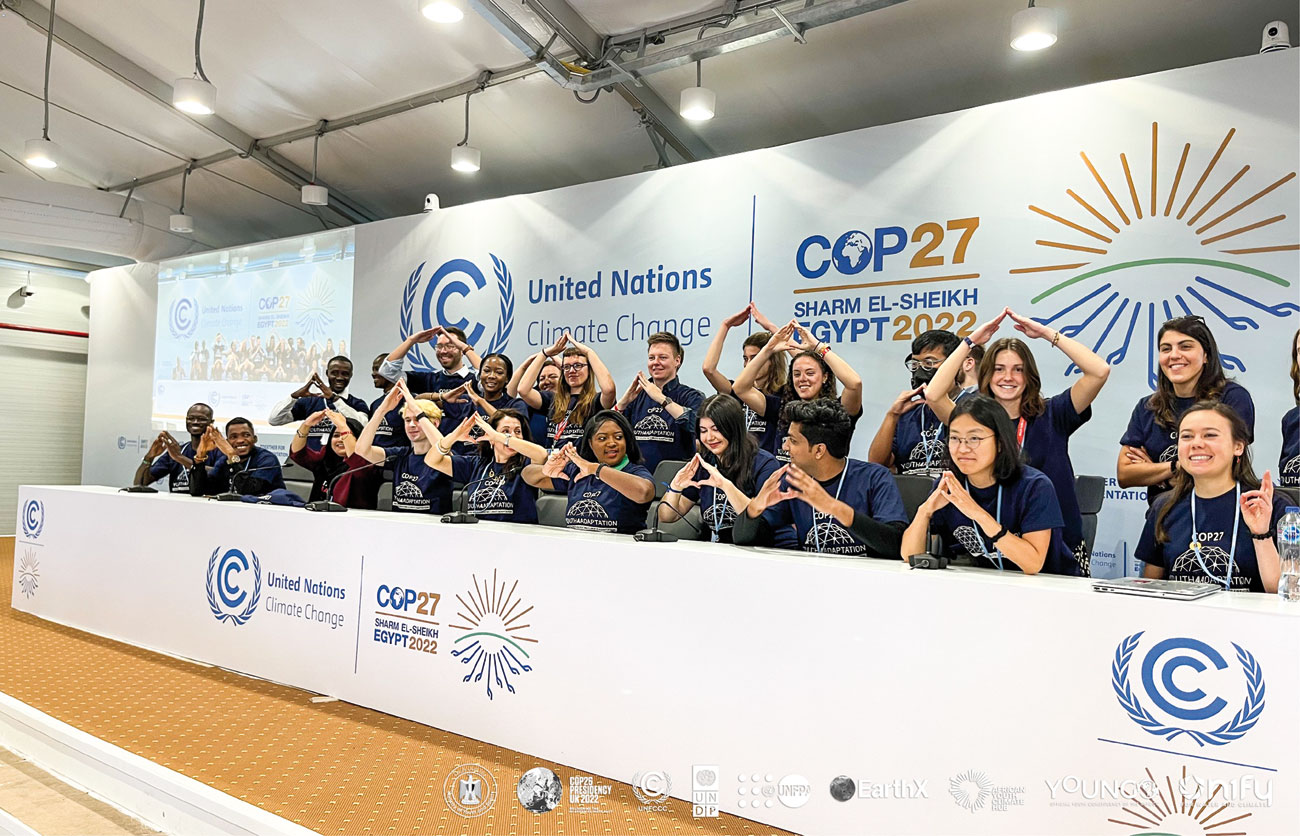
COP27 made history with the first-ever Children and Youth Pavilion. Photo: Public Domain/UN.
The year 2022 was Earth’s fifth warmest since 1880, about 1.110C warmer than the late 19th-century average. The past nine years have been the warmest. A 2021 assessment by the IPCC predicts that the world will reach or exceed 1.50C of warming within the next two decades even if nations drastically cut emissions.
More warming means more glacial melting, forest fires, heat waves, droughts, cyclones, floods, sea level rise and more frequent and intense extreme weather events. Every day, we wake up to a major climate change-induced disaster in some part of the world or other.
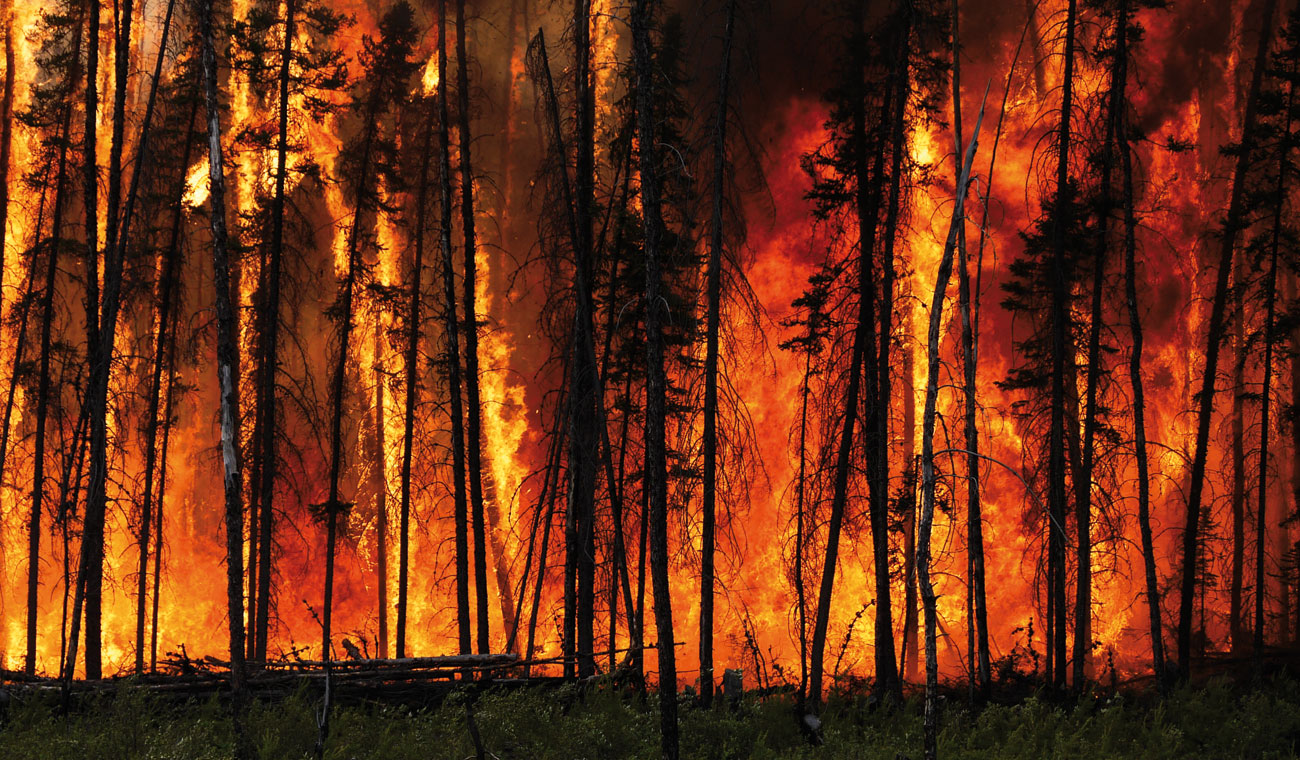
Warmer, drier conditions lead to more forest fires. Photo: Public Domain/Steffan Doer.
Power Of Paris
The UN Framework Convention on Climate Change (UNFCCC), 1992 was the first global treaty to explicitly address climate change. It established an annual summit, known as the Conference of the Parties, or COP, for international discussions aimed at stabilising the concentration of GHGs in the atmosphere. These COPs have produced the Kyoto Protocol and the Paris Agreement.
The Kyoto Protocol, which came into force in 2005, was the first legally binding climate treaty. It required developed countries to reduce emissions by an average of five per cent below 1990 levels and established a system to monitor countries’ progress. The protocol was successful in reducing the emissions of the ratifying countries approximately by seven per cent below the emissions expected under a ‘No-Kyoto’ scenario, confirming the importance of accounting.
It is important to note that the Montreal Protocol (1987) has had a greater impact on GHG emissions than the Kyoto Protocol as it succeeded in eliminating nearly 99 per cent of ozone-depleting substances.
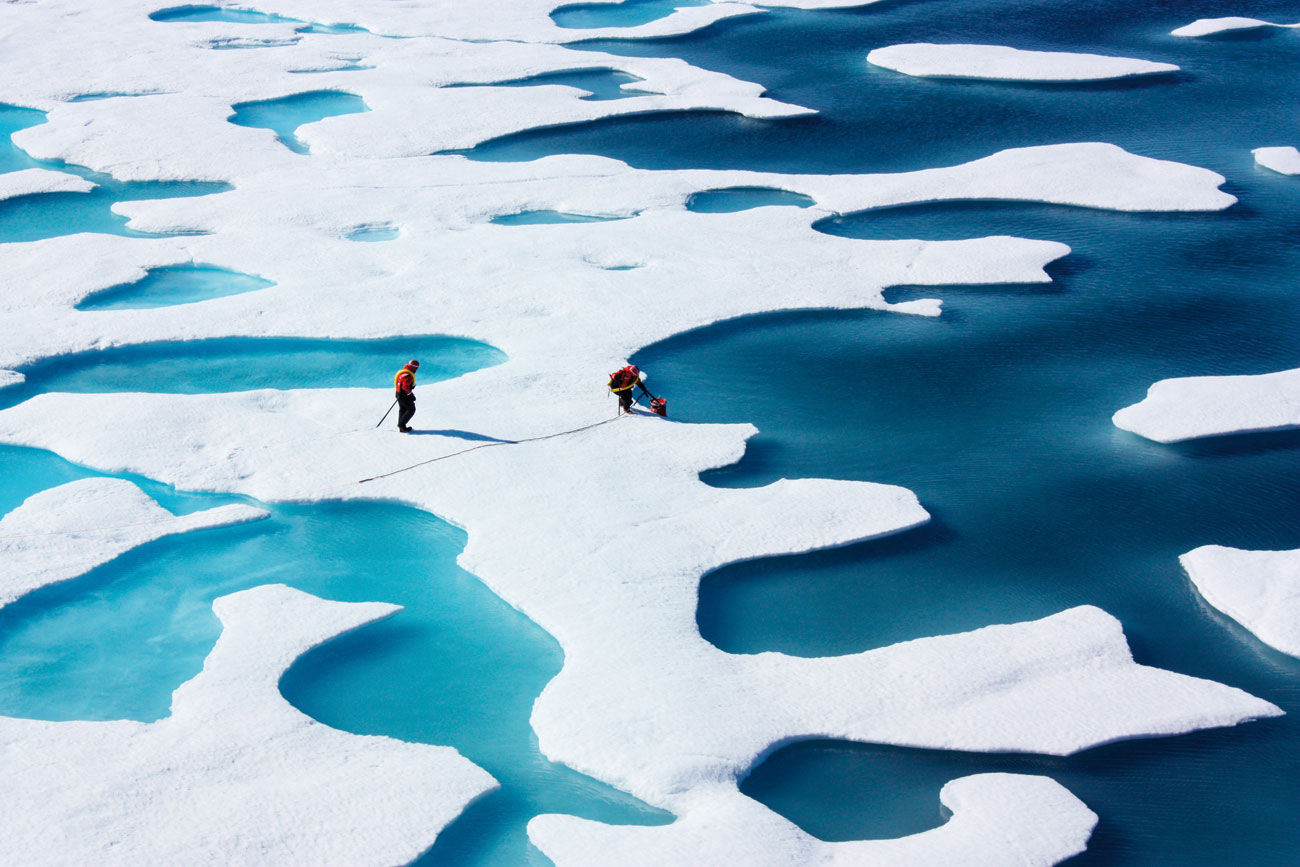
NASA’s ICESCAPE study recorded the impact of climate change near Alaska. Photo: Public Domain/NASA.
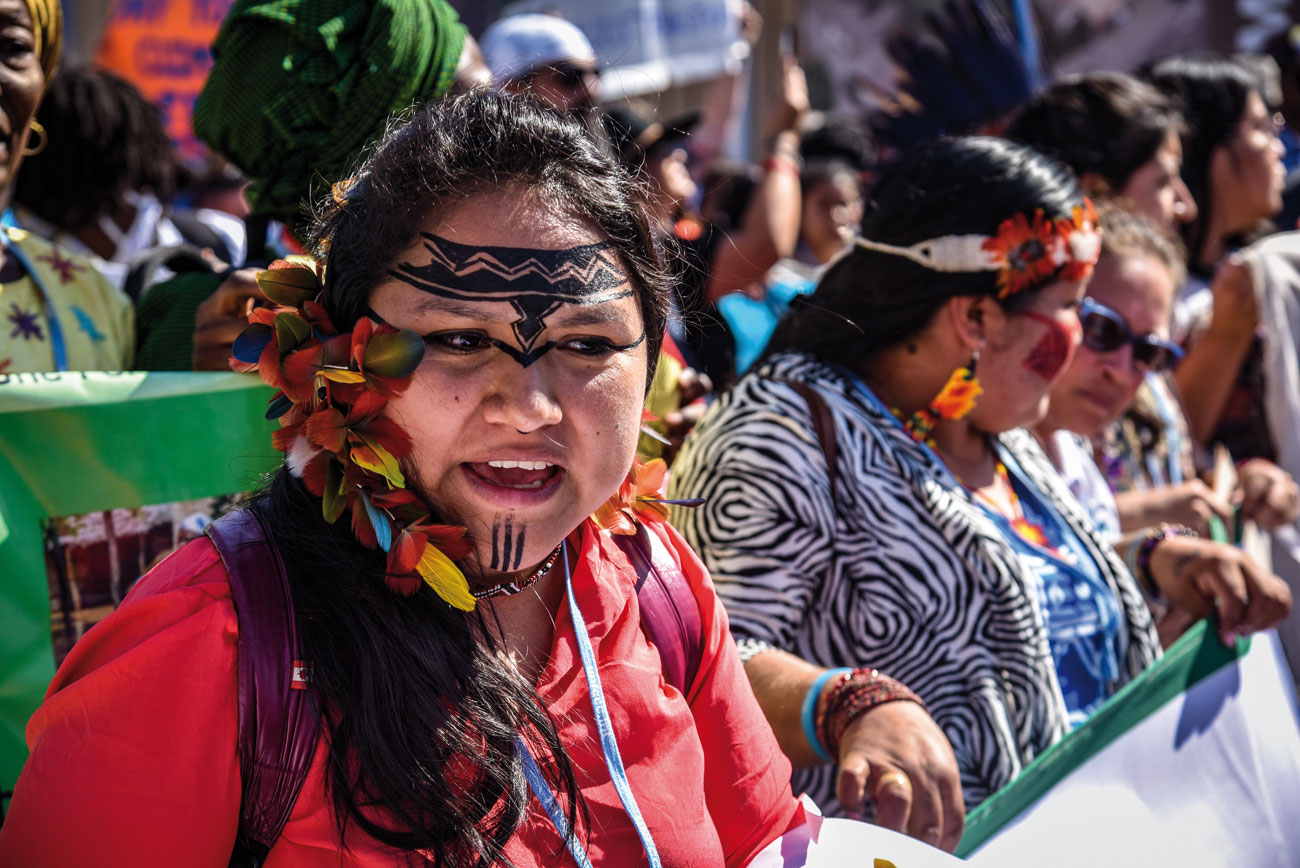
COP27 saw the highest number of Indigenous people, wth more than 300 delegates. Photo: Shailendra Yashwant.
The Paris Agreement of 2015, the most significant global climate agreement, requires all signatory countries to set emissions-reduction pledges. Governments set targets, known as nationally determined contributions (NDCs), with the goal of preventing the global average temperature from rising 20C above pre-industrial levels and pursuing efforts to keep it below 1.50C. Countries set their targets, and there are no enforcement mechanisms to ensure they meet them.
Countries must assess their progress toward implementing the agreement through a process known as the global stocktake every five years; the first is planned for 2023. As of COP27 (2022), the pledges and targets are nowhere near sufficient and the world is looking at a 2.00C rise by 2100. However, if more than 100 countries meet net-zero targets, warming could be limited to 1.80C.
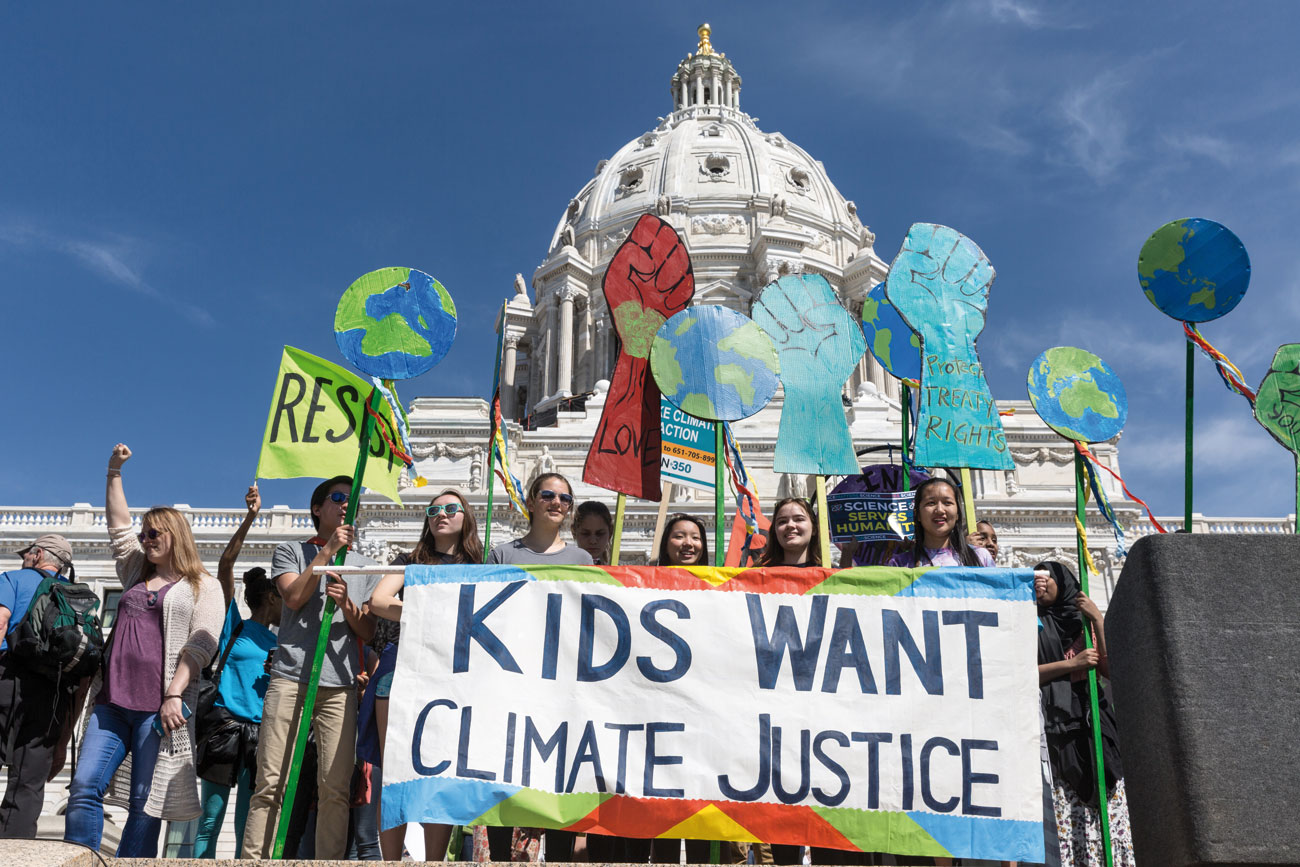
Kids at a climate protest in St. Paul, Minnesota, U.S.A. Photo: Public Domain/Lorie Shaull.
Why Have COPs?
COPs are not failing to deliver. Consensus is a slow process, and mandatory targets are difficult to agree upon, especially for the rich countries that have built their economies on lifestyles of wasteful consumption and are in the stranglehold of fossil fuel corporations and a few petro countries. The Paris Agreement was built on the logic that action by some will beget more action by others.
Be A Climate Leader
~ Any young person under the age of 30 can join the global youth constituency (YOUNGO).
~ It is officially recognised by the UNFCCC as a stakeholder group.
~ More information on how to get involved in the network can be found at
www.youngoclimate.org.
Global cooperation revolves around small coalitions of highly motivated firms and governments. Part of the success of the last two COPs at Glasgow and Sharm el-Sheikh was how many sectors embraced this approach – from finance to electric power, transportation, agriculture and forestry. With most rules agreed upon for the Paris Agreement, now the formal COP process should focus more on facilitating implementation – by doing what has long been done in the Montreal Protocol, and helping governments and firms learn which new technologies and shifts in business practice actually help fix the problem at hand.
An independent photographer, writer and journalist, Shailendra Yashwant is currently a senior advisor to the Climate Action Network South Asia and steering committee member of the Pesticide Action Network India.





